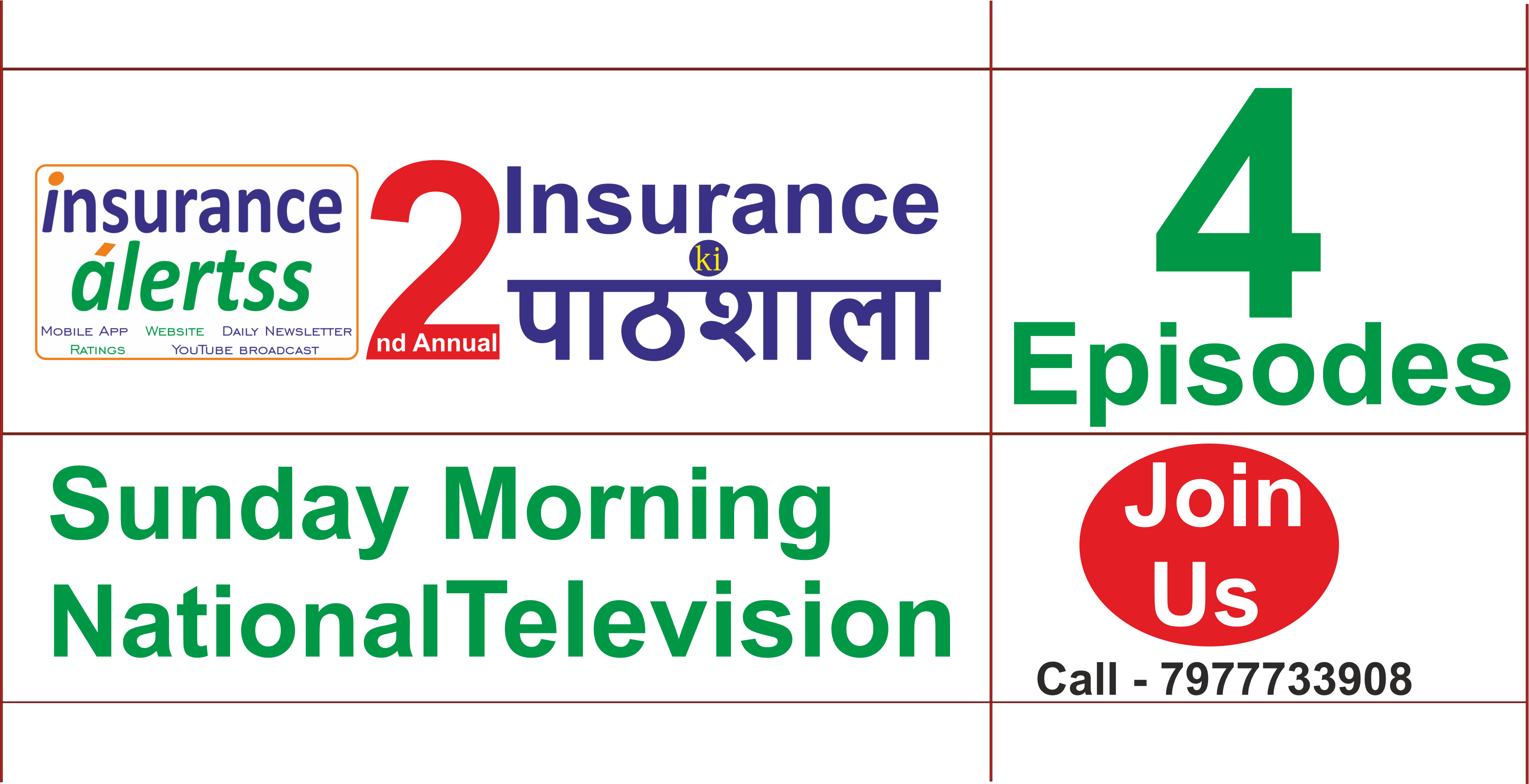 29-05-2021
29-05-2021
Wide mismatch in death toll, insurance claims reveal uninsured India
-2021-5-28-57-42.jpg)
 Insurance Alertss
Insurance AlertssWide mismatch in death toll, insurance claims reveal uninsured India
The COVID-19 outbreak in India has officially claimed 3,11,388 lives, as of May 26.
While the second wave continues to rage across the country, so far just 35,500 death claims have been filed of which close to 29,300 have been settled. As of May 15, death claims worth approximately Rs 2,400 crore have been paid out by life insurance companies, according to data filed with Life Council, an industry body.
The big mismatch between actual deaths and the number of death claims could come as a shocker to many but it is, in fact, a reflection that insurance penetration in India is far lower than it ought to be. "It is only in large metros and semi-urban areas where insurance awareness exists. Life insurance continues to be a push product, even though the country doesn't have any social security net. And this reflects in the low COVID-19 death claims," said Suresh Bhatt, CEO, InsurrRisk Consulting.
Uninsured India
The result is that a large proportion of the 1.3 billion Indian population is uninsured. While experts are of the view that the government’s Prime Minister Jeevan Jyoti Bima Yojana (PMJJBY) has helped, the year-on-year increase (YoY) has not been commensurate with the risk.
In FY21, a total of 33.1 million new people came under the PMJJBY scheme, which provides Rs 2 lakh term insurance for an annual premium of Rs 330. This is a term cover, meaning that the policyholder's kin will get the insurance claim in the event of death during the policy term.
Former banker Jyotsna Patnaik, who now assists insurance customers in filing death claims, says that the initial fervour around PMJJBY has now subsided. "In 2015 and 2016, there was high pressure on banks to sell these products to customers. But now the traction is going down. While overall the numbers show that 102 million PMJJBY policies have been issued on a cumulative basis, compared to the population this is very low," she points out.
Patnaik believes that the thrust should be to make this an opt-out facility rather than an opt-in facility so that more customers in rural areas are able to own a basic Rs 2 lakh term policy.
Low insurance penetration
Insurance penetration is taken as an indicator to show how financially assured a country is. When it comes to insurance penetration and density, the figures for India are flat, as per the Swiss Re’s FY20 sigma report.
Insurance density, which is premium per capita, stood at $78 (approximately Rs 5,850) in FY20 compared to $74 (approximately Rs 5,550) in FY20. In contrast, the world average for insurance density stood at $818 (Rs 61,350 approximately).
In FY20, insurance penetration (premiums as a percentage of gross domestic product) were calculated to be 3.76 percent in India. Life insurance penetration was estimated at 2.82 percent while non-life stood at 0.94 percent. The world average was 7.23 percent; 3.55 percent for life and 3.88 percent for non-life insurance.
Swiss Re Institute estimates that total premium volumes in advanced markets (life and non-life) will shrink by 4 percent this year and return to growth of more than 2 percent in 2021. In FY19, India had an insurance penetration of 3.7 percent - 2.74 percent for life and 0.97 percent for non-life.
Insurance agent Sakina Siddique says that term insurance is among the toughest products to sell in India. "I have been in this industry for the past 20 years, but it still takes at least seven calls and visits on an average to encourage a customer to buy a term plan. Premium payment is not the issue. He/she would buy a Rs 15,000 mobile phone without thinking twice, but won't invest in this product," she explains.
Post-COVID
It is only after the COVID-19 gripped the country in April 2020 that she witnessed a marginal change.
Siddique says that those who have lost close family members and friends in the pandemic are motivated to buy the product. "If the awareness could even spread through word of mouth, it will make a massive difference," she adds.
Close to 30 million life insurance policies are sold in India every year. Here, the term constitutes about 45 percent, while the rest of the policies are savings/investment products.
Is there a way to bridge the gap?
Experts are of the view that bit-sized insurance products could be a good way to get customers used to the term insurance segment. And once they reach a critical mass, standard life insurance plans could be cross sold to them.
"It is as simple as this. Bundle a Rs 50,000 term insurance cover, with prices as low as Rs 80-100 per annum, and add an FMCG purchase or say a mobile recharge. Once the customer sees the benefit of a claim being paid among peers, he/she could be motivated to buy a higher insurance cover,'' points out Jennifer Lobo, Vice President at SafalBima Consulting.
She adds that products could be bundled with coffee shop payments, ticket booking for films and shows and popular purchases like electronics on e-commerce platforms. "Once the idea takes off, there is no looking back," Lobo concludes, on an optimistic note.
Source: Money Control
